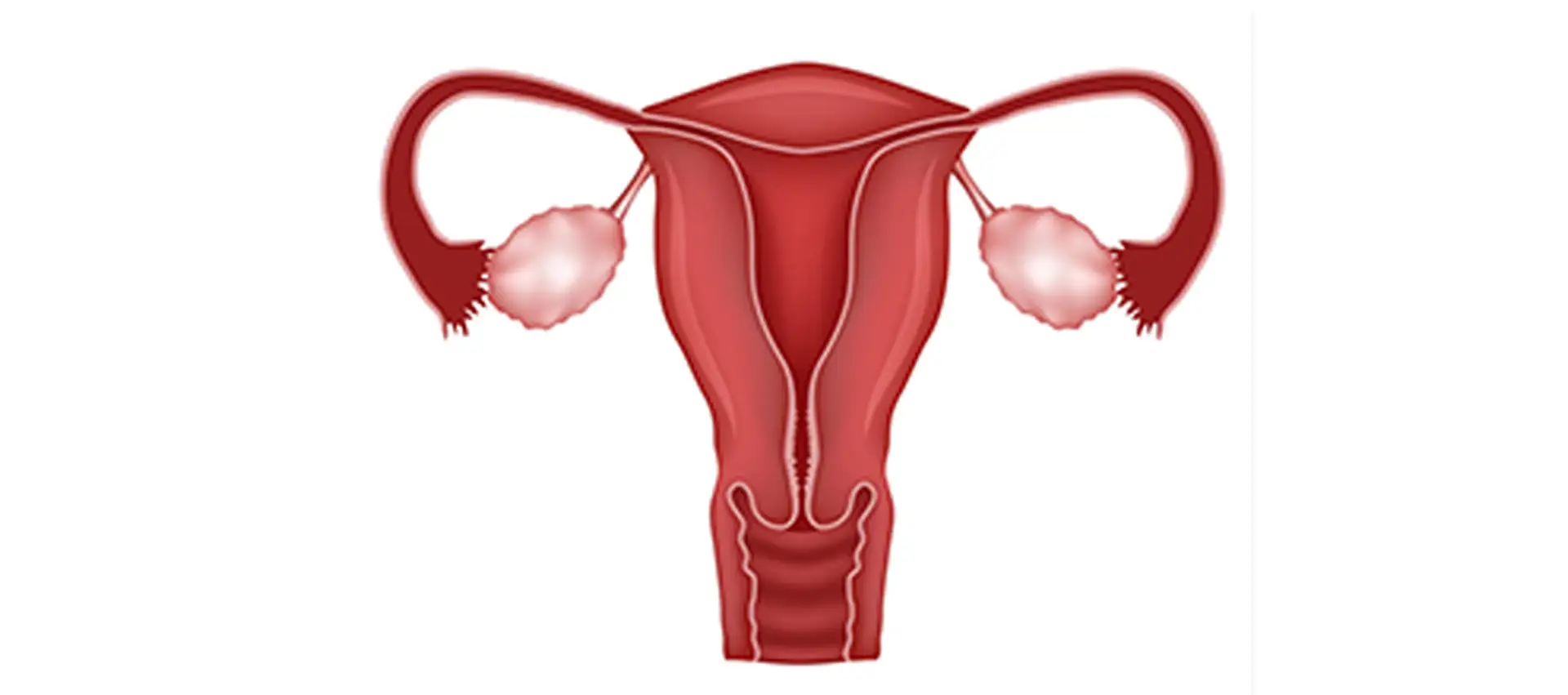Menorrhagia is the most common type of abnormal uterine bleeding and is characterized by heavy and prolonged menstrual bleeding. In some cases, bleeding may be so severe that daily activities are disrupted.
Other types of this condition, also called dysfunctional uterine bleeding, may include:
- Polymenorrhea: Too frequent menstruation.
- Oligomenorrhea: Infrequent or light menstrual cycles
- Metrorrhagia: Any irregular, non-menstrual bleeding as in bleeding which occurs between menstrual periods
- Postmenopausal bleeding: Any bleeding that occurs more than one year after the last normal menstrual period at menopause
Menorrhagia Causes
There are several possible causes of menorrhagia, including:
- Hormonal imbalance
- Pelvic inflammatory disease (PID)
- Uterine fibroids
- Abnormal pregnancy; i.e., miscarriage, ectopic (tubal pregnancy)
- Infection, tumors or polyps in the pelvic cavity
- Certain birth control devices; i.e., intrauterine devices (IUDs)
- Bleeding or platelet disorders
- High levels of prostaglandins (chemical substances used to control muscle contractions of the uterus)
- High levels of endothelins (chemical substances used to dilate blood vessels)
- Liver, kidney or thyroid disease
Menorrhagia Symptoms
Typical symptoms of menorrhagia are when a woman has soaked through enough sanitary napkins or tampons to require changing every hour, and/or a woman’s menstrual period lasts longer than 7 days in duration. Other common symptoms include spotting or bleeding between menstrual periods, or spotting or bleeding during pregnancy.
A diagnosis can only be certain when the physician has ruled out other menstrual disorders, medical conditions or medications that may be causing or aggravating the condition.
Other diagnostic procedures may include:
- Blood tests
- Pap test
- Ultrasound: An imaging technique that uses high-frequency sound waves to create an image of the pelvic organs.
- Magnetic resonance imaging (MRI): A diagnostic procedure that uses a combination of large magnets, radio frequencies, and a computer to produce detailed images of the reproductive organs.
- Laparoscopy: A minor surgical procedure in which a laparoscope, a thin tube with a lens and a light, is inserted into an incision in the abdominal wall. Using the laparoscope to see into the pelvic and abdomen area, the physician can often detect abnormal growths.
- Hysteroscopy: A visual examination of the canal of the cervix and the interior of the uterus using a hysteroscope inserted through the vagina.
- Biopsy (endometrial): Tissue samples are removed from the lining of the uterus with a needle or during surgery to determine if cancer or other abnormal cells are present.
- Dilation and curettage (D&C): A common gynecological surgery that consists of widening the cervical canal with a dilator and scraping the uterine cavity with a curette – a spoon-shaped surgical tool used to remove tissue.
Your doctor may suggest a psychiatric evaluation to rule out other possible conditions, or ask you to track your symptoms in a journal to better assess the timing, severity, onset and duration of symptoms.
A specific treatment plan will be determined by your doctor based on factors such as:
- Your age, overall health and medical history
- Extent of the condition
- Possible cause of the condition
- Current symptoms
- Your tolerance for specific medications, procedures or therapies


